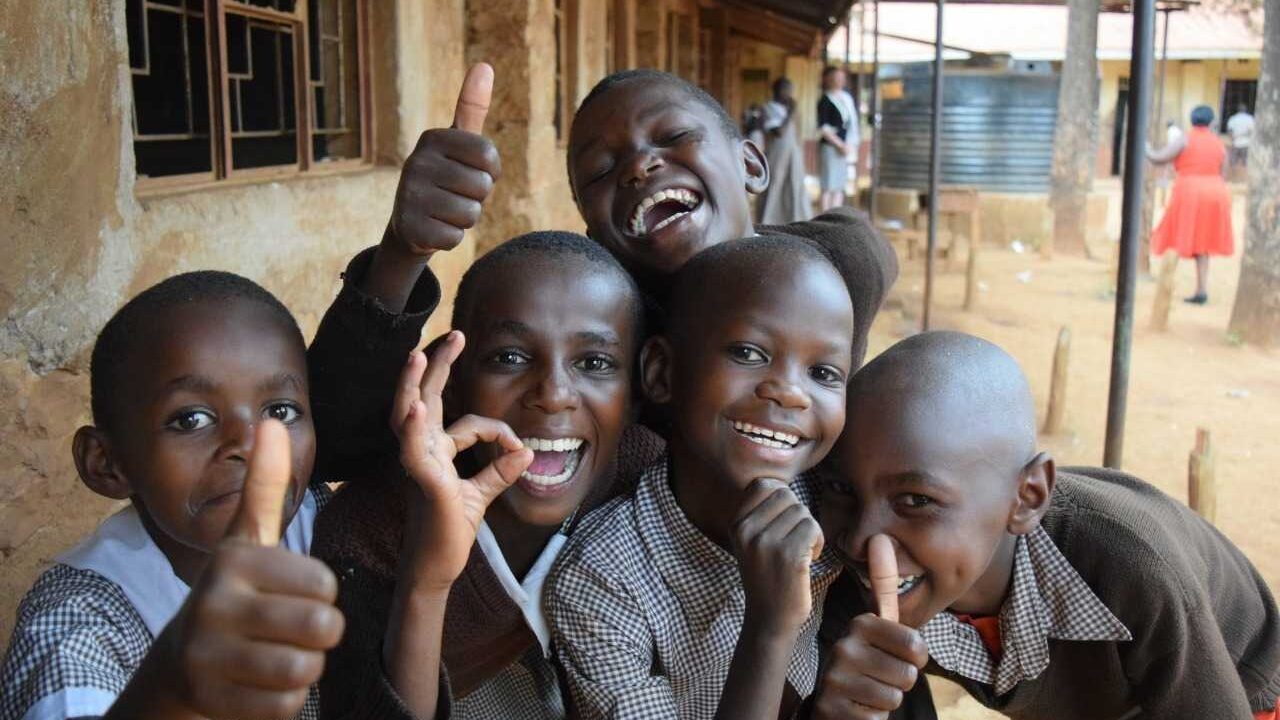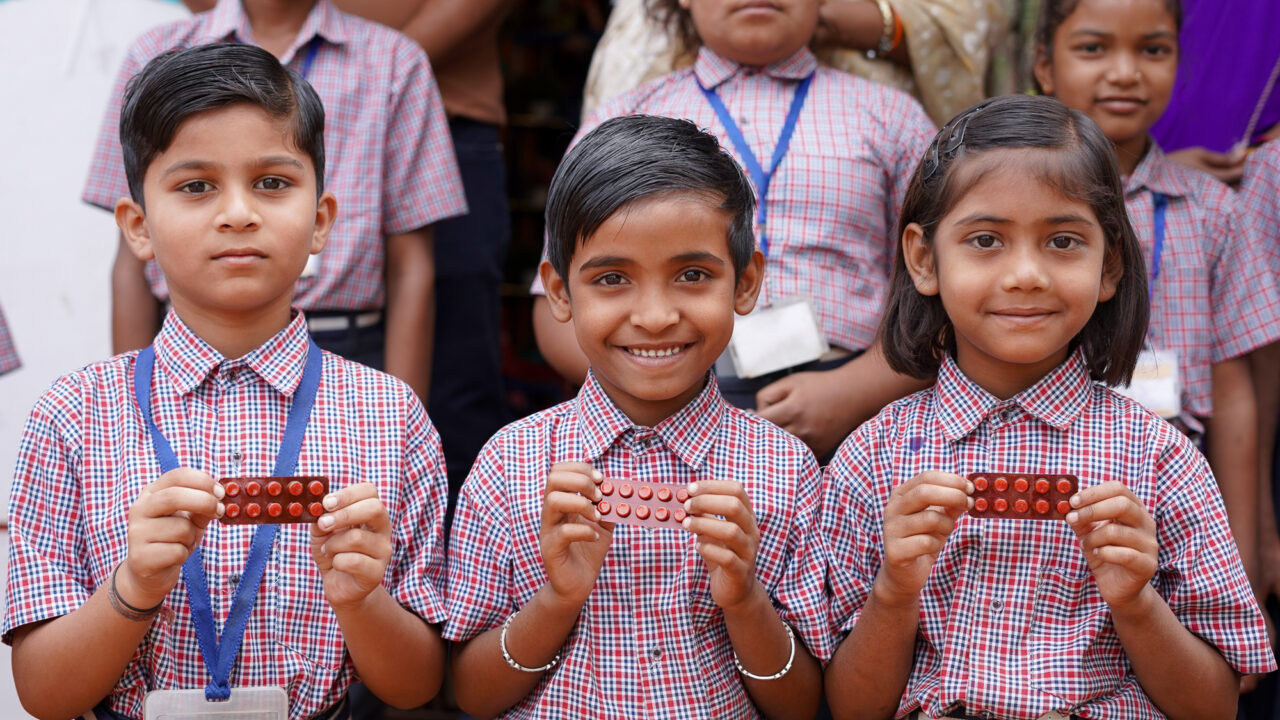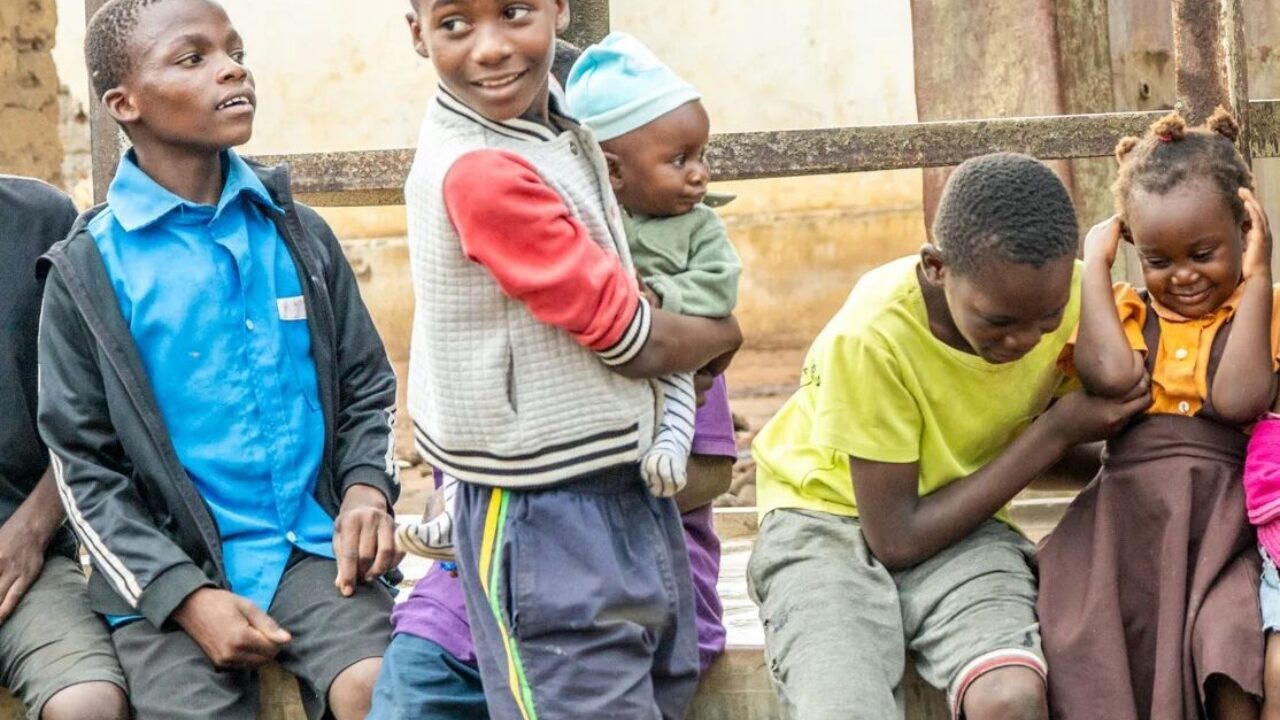Over the past decade, significant progress has been made in reducing the burden of neglected tropical diseases (NTDs). The number of people requiring interventions against NTDs has decreased by 25%, and as of December 2022, 50 countries have eliminated at least one NTD. However, the persistent shortage of resources allocated to NTDs continues to pose a significant barrier to achieving the disease-specific elimination and eradication targets set forth in the World Organization’s (WHO) 2030 NTD roadmap. Without greater commitment, we risk losing the gains made to date.
Today, January 30th, marks World NTD Day, which aims to galvanize action to end NTDs that impose massive burdens on the world’s most marginalized people. These preventable and treatable diseases lock in cycles of poverty and rob entire regions of economic potential.
Control of NTDs within reach
Evidence Action and other NGOs work hand-in-hand with committed governments, providing technical know-how and catalytic financing to scale evidence-based interventions to tackle NTDs. Our Deworm the World program has helped governments deliver over 1.8 billion treatments to children across several geographies since 2014, including India, Kenya, Nigeria, and Pakistan. Our experience has demonstrated that with consistent financing and technical assistance, even the more neglected diseases among NTDs, such as soil-transmitted helminths (STH) and schistosomiasis, can achieve the current 2030 WHO disease-specific targets (i.e., elimination as a public health problem, which is <2% proportion of STH infections of moderate and heavy intensity and <1% heavy intensity for SCH) ahead of time, as well as reach extremely low prevalence or disease control ( i.e., <2% prevalence of any STH and <1% prevalence of schistosomiasis). For example, a recent survey in Kenya by Kenya Medical Research Institute and Evidence Action shows that after nine years of treatment under the National School-Based Deworming Programme, several counties and sub-counties have achieved elimination as a public health problem for STH and schistosomiasis, as well as significant prevalence rate reductions.
Prevalence of soil-transmitted helminths has reduced by 82% from an initial prevalence of 32.3% in 2012 to 5.8%, with 10 out of the 27 counties reaching <2% prevalence of any STH. Similarly, the prevalence of schistosomiasis has reduced by 72% from 18% in 2012 to 5% in 2022, with 2 counties reaching <1% prevalence of schistosomiasis.
These dramatic reductions in disease intensity and prevalence show that mass deworming is working. We are getting closer to a point where reductions in treatment, treatment suspension, and the initiation of disease surveillance systems are warranted. As national programs achieve their mission of disease control, Evidence Action’s technical assistance will reduce significantly as surveillance and smaller-scale, targeted treatments are sustained by country governments.
Support needed in other geographies facing funding cliffs
Our experiences helping to drive reductions in the intensity and prevalence of STH and schistosomiasis through our technical assistance to governments will inform our next frontier. We are now expanding our support to Malawi, where funding shortfalls risk forfeiting the previous gains made by the government and other partners in reducing the burden of schistosomiasis in particular. We aim to support the Government of Malawi to deliver 4.6 million deworming treatments over three years, persisting in the fight to drive continued reductions in worm intensity and prevalence, to achieve elimination as a public health problem and disease control.
However, Malawi is not alone in facing funding shortfalls; several other nations, including Tanzania and Uganda, are confronting similar challenges, especially for STH and schistosomiasis. Governments in both countries have been implementing mass deworming programs since the early 2000s with support from several donors and implementing partners. While there are gaps in recent data representing all districts across both countries, available data suggests that notable progress has been made in reducing disease intensity and prevalence; however, several districts still need time-bound investments to achieve disease control.
Without sustained external support, these countries risk a resurgence of disease, potentially all the way back to baseline disease intensity and prevalence levels. Investments now will leverage the gains made to date, and provide millions of children treatment that they urgently need for health and long-term wellbeing.
Finishing the job
With knowledge and tools at the ready to end the burden of NTDs, what remains now is summoning the targeted will of donors and governments to finish the job. The WHO’s 2030 Roadmap sets ambitious yet attainable targets for 20 different NTDs by 2030. For STH and schistosomiasis, achieving this vision requires time-bound financing to ensure resources are effectively targeted to achieve current disease-specific targets and disease control.
The Kigali Declaration, initiated in 2022 to reaffirm efforts to eradicate NTDs, set the stage for renewed commitments. During the 2023 Reaching the Last Mile Forum, donors and partners unveiled commitments totaling $777 million. With partnership and support from our generous donors, Evidence Action took part, announcing $12 million in funding that enables annual treatment of over 220 million children for parasitic worm infections. Despite these pledges, additional strategic investment allocation is needed for sustainable, long-term success in combating STH and schistosomiasis in particular, given the current funding gaps and potential to unlock economic productivity gains by deworming children.
Success hinges on a steadfast commitment to ongoing support, innovation, and the efficient use of resources in order to secure a healthier world for all. We urge country leadership to commit to keeping NTDs atop policy agendas amid competing priorities. And we call on philanthropic partners to renew commitments to sustain progress and avoid severe setbacks. Now is the time to invest big – or risk losing it all.



